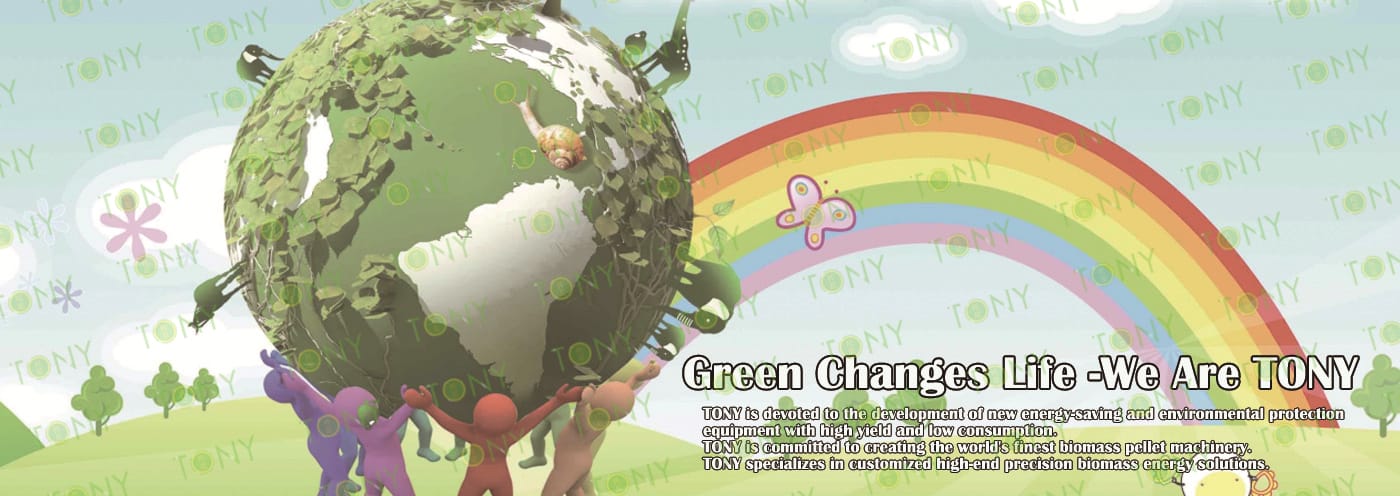Wood pellet, as a new type of environmentally friendly fuel, has received much attention in the energy sector in recent years. Its advantages not only lie in the aspects of environmental protection and economy, but also possess some unique values that are often overlooked. Here are its five major advantages, and the last one is indeed less known:
1.Environmentally friendly and low-carbon emissions
The wood pellet is made from forestry waste (such as sawdust, branches, bark, etc.) and is a renewable biomass energy source. The carbon dioxide released during its combustion can be absorbed by plants through photosynthesis, forming a "carbon cycle". Compared with fossil fuels such as coal and oil, it can significantly reduce greenhouse gas emissions. Moreover, when the wood pellet burns, there is less smoke and the sulfur content is extremely low (usually below 0.05%), which can reduce the risks of environmental pollution such as acid rain, and is in line with the global trend of low-carbon development.
2. High energy density, convenient storage and transportation
Natural wood chips have a loose texture, a large volume and are prone to moisture absorption. However, when compressed into particles, their density can reach 1.1-1.3 tons per cubic meter, which is close to that of medium-quality coal (approximately 4.5-5.5 megawatt-hours per ton). The granular form makes it easy to package, transport and store, without the need for large storage facilities. It can be stored in ordinary warehouses, and it is not prone to spontaneous combustion, with much higher safety than bulk biomass raw materials.

3. High combustion efficiency, wide application scope
The wood chip combustion is stable, the fire lasts for a long time, and it is easy to control the combustion rate (by adjusting the feed volume). The thermal efficiency can reach over 85%, far exceeding that of scattered firewood (about 30-40%) and coal (about 60-70%). It can be directly used in household heating, industrial boilers, power stations, etc., and can even be used as a raw material for biomass gasification to produce clean energy and replace some fossil fuels.
4. Low cost and highly economical
The raw materials come from forestry processing waste, and the cost is much lower than that of energy sources such as coal and natural gas. Moreover, the production process (crushing, drying, granulation) is mature, and the cost can be controlled after large-scale production. For enterprises with high energy consumption (such as building materials and food processing), using wood chip pellets can significantly reduce fuel costs; for household use, its cost performance is also higher than electric heating or gas heating.
5. Facilitating soil improvement and achieving full life-cycle utilization
This is the most overlooked advantage: The ashes left after the combustion of wood chips are rich in minerals such as potassium, calcium, and magnesium, making them excellent organic fertilizers and soil improvers. Applying them to farmland or forest land can regulate soil pH, increase organic matter content, and enhance soil fertility. This "fuel - ashes - fertilizer" closed-loop model enables wood chip particles to further achieve resource recycling and value-added utilization beyond energy utilization, truly achieving "zero waste throughout the entire life cycle".
From environmental protection to economy, from energy utilization to resource recycling, the advantages of wood pellet technology run through the entire process of production, use and disposal. Especially the last point, integrating energy with agricultural and forestry ecology, showcases the profound value of biomass energy, and deserves more attention and promotion from people.





















